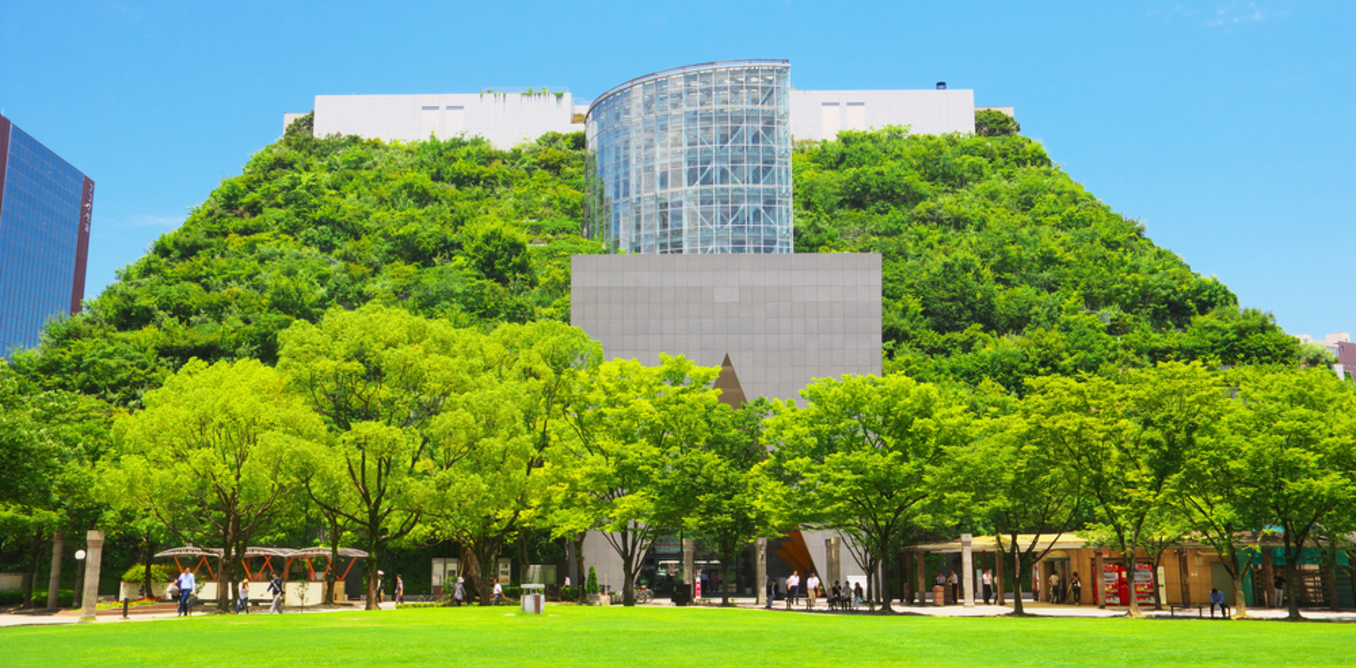From Guest Blogger Abra Kongo: Green Building and Positive Occupant Well-being

What are the dangers?
According to the United States Environmental Protection Agency, people typically spend 90% of their time indoors. What may not be commonly known is the fact that what we breathe indoors can be on average two to five times more toxic than what is typically outside. This is due to poor ventilation and toxic chemicals that are present in numerous indoor items such as furniture and carpeting.
Sick Building Syndrome is the name given to a group of symptoms people experience, usually while working in an office environment. They can include headaches, tiredness, difficulty concentrating, having a blocked or runny nose and dry and itchy skin. According to the Indian Journal of Environmental and Occupational Medicine, this feeling of ill-health increases sickness absenteeism and causes a decrease in productivity of the workers. The longer an occupant stays in a particular building, the worse the symptoms may become, however they get better once leaving the building.
A positive case study: The Philip Merrill Environmental Center
Let us consider a case study of The Merrill Center based in Annapolis, Maryland. This building has incorporated a number of sustainable features.
Some of the sustainability features that were implemented in this building include:
- Renewable and natural materials for flooring, such as cork and bamboo
- Water based paints and adhesives
- Composting toilets that do not need water
- Daylight sensors and electric dimmers to control electric light when daylight levels are sufficient for work
- Solar hot water heater
- Local and recycled materials in building construction to reduce transportation costs and environmental impacts
- Certified wood and wood from sustainably managed forests
After a series of discussions, interviews and surveys based on occupant indoor environmental quality; it was found that occupants were highly satisfied with the building as a whole. Almost 90% of occupants were satisfied with the amount of daylight and around 80% experienced high levels of morale, well-being and sense of belonging at work.
This shows that it is possible to bring about change moving forward in the built environment. For existing buildings alternative measures can be implemented; as a retrofit model will need to be adopted in order to initially mitigate negative outputs.
The industry is looking to the future and current processes are being replaced with resource efficient common practices. With responsible architecture and design at the forefront, it is possible to meet challenges head on with occupant health and well-being in mind.

If only every office was like that. Being in an office all day isn’t very fun, and with all he symptoms of SBS, it sounds like it isn’t safe ether. If they could find a way to implement this in already existing buildings, that would be amazing!
Hi Susan, yes that is true. It would be amazing if techniques were implemented on a wide scale level to bring benefits to existing buildings.